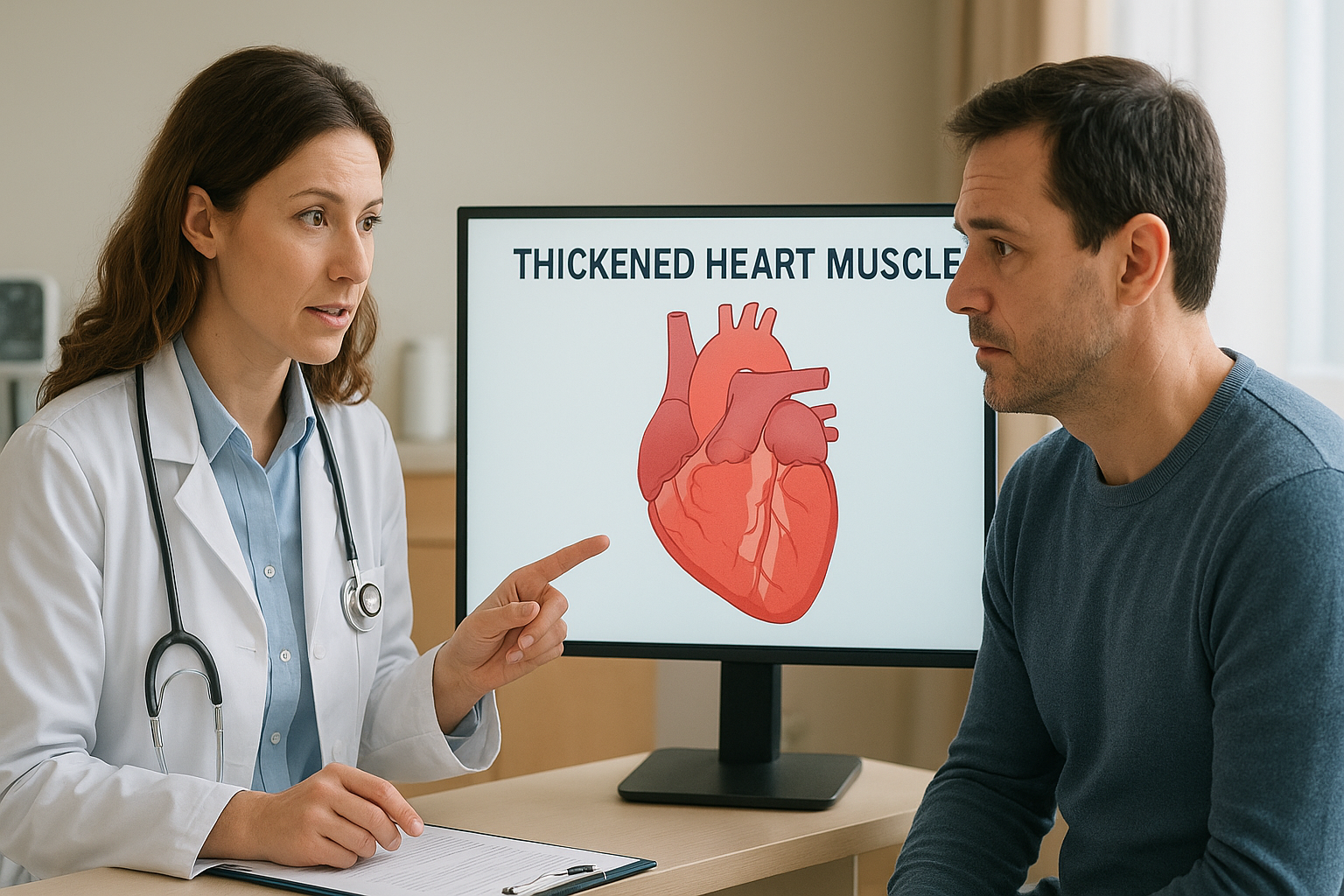Understanding the Hidden Symptoms of Hypertrophic Cardiomyopathy
HCM is a condition characterized by an abnormal thickening of the heart muscle. This thickening can impede the heart’s ability to pump blood efficiently, potentially resulting in severe complications such as heart failure or sudden cardiac arrest. Unfortunately, a significant number of those with HCM remain unaware of their condition until a serious event occurs. Furthermore, even those who receive a diagnosis frequently encounter difficulties in obtaining the newer, more effective treatments that could significantly improve their quality and longevity of life.
The Undiagnosed HCM Dilemma
A key issue with hypertrophic cardiomyopathy is its tendency to remain undetected for extended periods. The signs can be subtle: breathlessness, chest discomfort, fatigue, or a sense of lightheadedness following exertion. These symptoms are easily misattributed to other issues, like asthma, anxiety, or simply a lack of fitness. Consequently, many people put off seeking medical attention. Even when they do, arriving at a diagnosis can be complex.
Hypertrophic cardiomyopathy (HCM) necessitates specialized heart imaging, such as echocardiograms or MRIs, for confirmation. Sadly, not every hospital or clinic is equipped with this advanced technology, nor do all have physicians adept at identifying the condition’s indicators. Some patients are told their heart is “just working too hard” or that they have hypertension when, in reality, they have a structural heart disease requiring specialized treatment.
Genetics also plays a significant part. Hypertrophic cardiomyopathy (HCM) often runs in families. This means that if someone is diagnosed, their close relatives should also be screened. Unfortunately, many people don’t realize this. Without proper family screening, the condition can silently affect generations, raising the risk of sudden heart issues in younger and middle-aged adults.
New Treatments Offer Hope
The encouraging news is that treatment for HCM is advancing. Previously, doctors primarily relied on beta-blockers or calcium channel blockers to manage symptoms. In more serious instances, surgery or an implanted device might be necessary to prevent cardiac arrest. In contrast, recent advancements have led to the creation of novel pharmaceuticals designed to directly address the underlying pathology of the condition: the pathological hypertrophy of cardiac muscle.
These contemporary therapeutics facilitate improved cardiac relaxation and enhanced blood ejection, thereby alleviating symptomatic burdens and enhancing overall well-being. Unfortunately, equitable access to these innovative interventions is not universally available. Numerous patients reside in regions where these medications are either inaccessible or prohibitively costly. Furthermore, certain healthcare systems continue to employ outdated methodologies, often due to financial constraints, insufficient knowledge, or inadequate training of healthcare professionals. Consequently, increasing awareness is of paramount importance.
Hypertrophic cardiomyopathy (HCM) isn’t just about having a “strong heart”; it’s a significant medical issue that demands appropriate attention. When caught early, a combination of lifestyle changes, medication, and consistent monitoring by a cardiologist can be incredibly beneficial.
Many individuals with hypertrophic cardiomyopathy are going undiagnosed, untreated, or simply unaware of the more effective treatments available. Early identification and broader access to contemporary therapies could be life-saving and help avert heart-related complications. If you or a family member experiences unexplained chest pain, shortness of breath, or has a history of heart problems, don’t dismiss these symptoms—seek a cardiologist’s evaluation.




